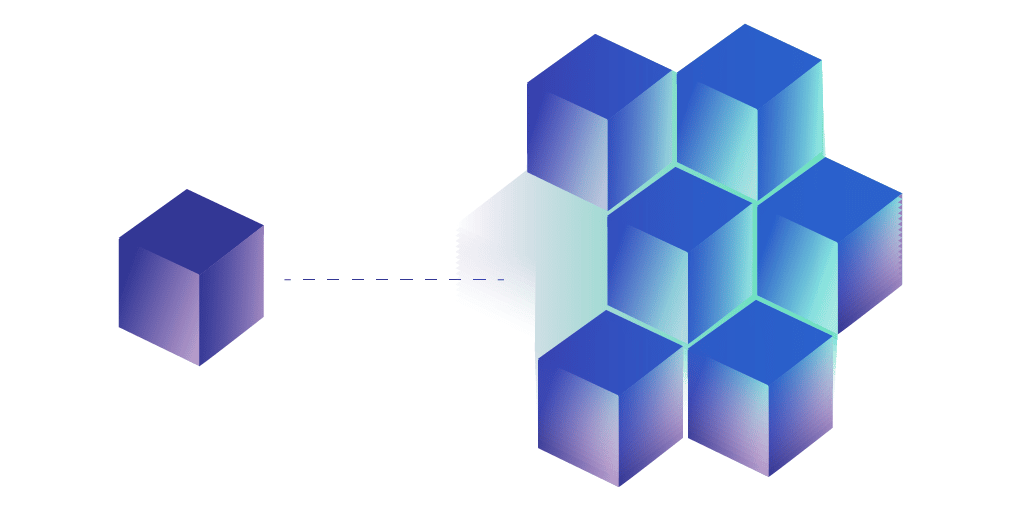Microservices are an architectural approach to creating cloud applications that enable rapid and frequent delivery of large, complex applications. Microservice architectures significantly increase business agility by enabling faster, more efficient software development and deployment.
In microservice architectures, applications are divided into different services, each running a unique process. One service might generate reports, another might support user identification, while another may handle user interfaces. When services are divided into separate, smaller components working together, the components can be individually developed and maintained, making the application easier to manage, scale, update and troubleshoot.
Superior agility and scalability
This is a departure from traditional monolithic architectures, where all application development happens in a single place, and all of the code is in one single file. In monolithic architectures, any problems that arise in the codebase could be located anywhere within the software. Even minimal changes to an application require building and deploying an entirely new version of the app, with its own QA cycle. Application development in monolithic architectures, therefore, requires a considerable amount of planning, time, resources and expense.
Scaling with traditional architectures is also more difficult. When an application hits a bottleneck due to a capacity limitation, another complete iteration of the entire application must be deployed, requiring load balancers to manage traffic between the two instances. With microservices, you can scale only the services of the application by adding container instances of only those services.
The superior agility and greatly reduced time to get improvements to production is causing many organizations to adopt microservices, particularly large enterprises with geographically and culturally diverse development teams. According to a 2018 survey by Camunda, 63% of companies surveyed are currently using microservice architectures.
However, 50% of those companies are unaware that microservices can negatively impact revenue-generating business processes. Microservices are not a silver bullet for improving application development, and they come with some inherent drawbacks. Namely, they create new latency and scalability challenges.
Why microservices create latency
While the division of services in a microservice architecture allows the application to perform more functions in tandem, the fact that the components are run in several different places at the same time means that any network delays will affect response time. When individual services are being used by several applications at once, all applications need to be able to find them. This requires some type of application performance interface (API) to link applications to the microservices they need to use, and the continuous linking process causes delays.
Another challenge with microservices is controlling these delays for scalability. Scaling microservices requires introducing new component instances of the service in new locations. Load balancing is then needed to distribute workloads across those instances. But having load balancing in a single place while multiple instances of microservices appear in random locations will also create unpredictable latency.
How the edge eliminates microservice latency
Running microservices at the edge – the periphery of the network – significantly decreases microservice latency. Edge computing makes microservice architectures more efficient by removing data processing from a centralized core and placing it as close as possible to users.
When data is processed on-site, closer to its origination in the microservice architecture, round-trip network latency is reduced and scalability and flexibility are significantly increased. Load balancing is greatly enhanced due to network paths between components being shorter while data relay speed increases exponentially. When microservices can run without the typical latency issues that come with them, organizations can optimize their application development and deployment while retaining the same speed and reliability of traditional monolithic architectures.
Perhaps your organization has a microservice architecture to develop cloud applications, but latency and scalability challenges are preventing you from fully reaping the benefits of microservices. Or, perhaps you would like to implement a microservice architecture to stay competitive in an ever-accelerating development landscape, but you don’t know if you have the bandwidth for ultra-low latency data processing at the edge. Netrality’s interconnected colocation data centers can enable your organization to facilitate the fastest data relay between application services, significantly mitigating the latency and scalability challenges inherent in microservices.
To learn more about how Netrality supports ultra-low latency, contact us.


